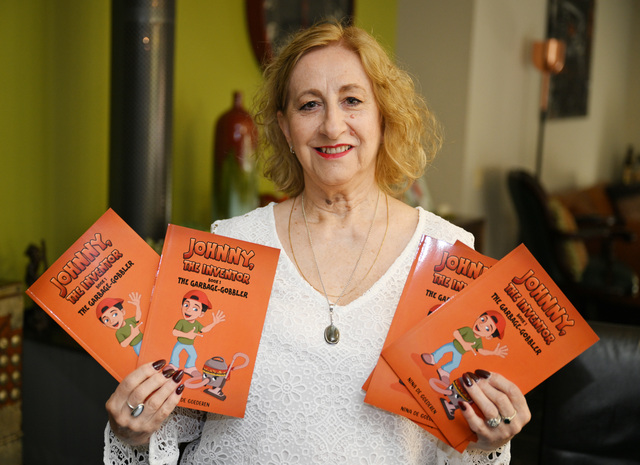A “dubious” rise in the number of emergency callouts is leaving
Hillside without ambulance cover, according to a local paramedic.
Louise Creasey is concerned a steady rise in emergency callouts is being underpinned by a misused dispatch system.
“There has been an increase in the past year, and especially in
the past few months,” she said. “I and a number of my colleagues wonder
whether the dispatch system is upgrading non-life-threatening jobs to code one [lights and sirens] simply to get an ambulance there quicker to improve statistics.’’
Ms Creasey said the rise in code-one jobs meant paramedics often went without meal breaks and worked hours of overtime.
“Hillside ambulance, where I work, can be sent anywhere to cover
code-one jobs,” she said. ‘‘I’ve been sent to Wallan, lights and
sirens. The job took well over three hours, which meant the Hillside
area was unattended for hours.’’
A 62-year-old woman waited 51 minutes for an ambulance after collapsing at a St Albans medical centre on August 15.
That came the day after Health Minister David Davis announced that
an increase in on-road paramedics had led to faster code-one response
times in the outer west.
But the Ambulance Employees Association said the figures released
by Mr Davis were limited to the “50th percentile”, hiding the worst
response times by wiping out the bottom 25 per cent. “Half the data is
only half the picture,” spokesman Danny Hill said.
The union has been calling on the government to improve
ambulance resources, reduce transfer times and give its members a 30 per
cent pay rise so they are paid the same as paramedics in other states.
Ambulance Victoria group manager Tony Elliott said dispatches were not being manipulated to improve statistics.
He said ambulances were always dispatched based on the needs of patients.
‘‘The sickest patients always take priority,’’ he said.
‘‘We have been experiencing an increase in emergency cases over
the past 12 months and have a plan to increase the availability of
ambulances for the most-serious emergencies.’’






